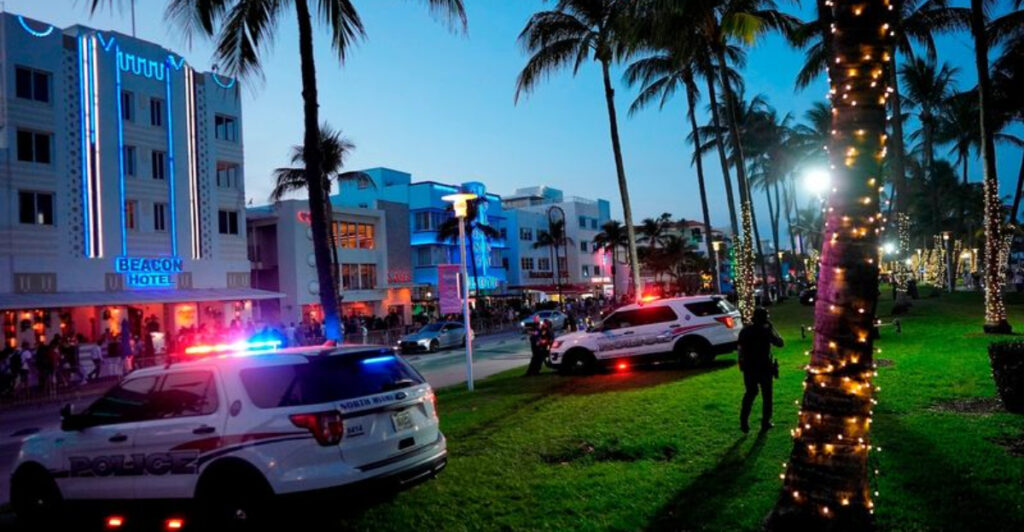Planning a trip across America requires more than just mapping attractions—it means understanding safety risks too. Recent data shows that while nationwide crime has declined overall, certain states remain particularly hazardous for travelers. These high-risk areas often concentrate crime in the very tourist districts visitors frequent most, from beach towns to major cities.
1. New Mexico: Desert Beauty with Hidden Dangers
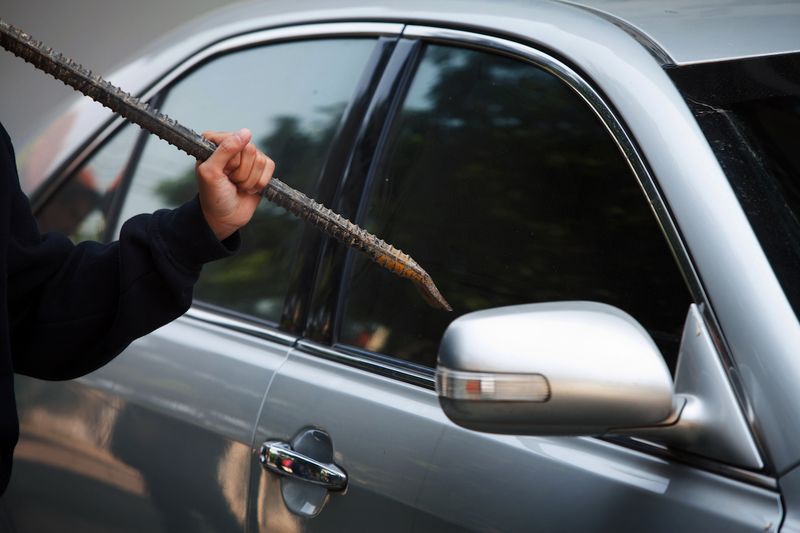
The Land of Enchantment tops crime statistics nationwide with a staggering 780 violent incidents per 100,000 people. Albuquerque, a common gateway for tourists exploring the state, struggles with rampant auto theft targeting rental cars and luggage.
Carlsbad Caverns visitors and those drawn to Taos or Santa Fe generally face fewer threats, but should remain cautious when parking at trailheads or attractions. Property crime rates hover near 3,000 per 100,000 residents statewide.
Fortunately, crime has begun trending downward recently, with authorities implementing targeted patrols in tourist-heavy areas. Travelers can minimize risk by avoiding leaving valuables visible in vehicles, staying in well-lit areas after dark, and researching neighborhoods before booking accommodations.
2. Louisiana: Jazz, Gumbo, and Vigilance Required
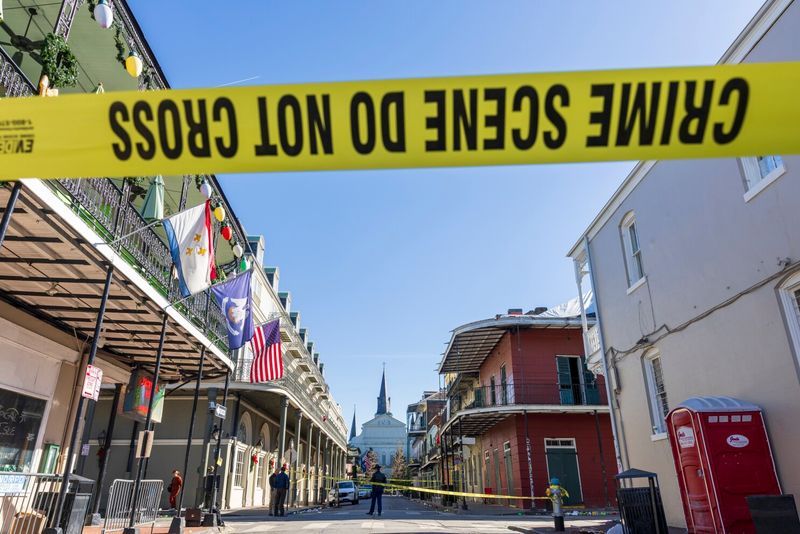
Beyond the beads and beignets, Louisiana harbors serious safety concerns, particularly in New Orleans where tourists flock. The city’s French Quarter and famous Bourbon Street become hunting grounds for opportunistic criminals targeting intoxicated revelers, especially after midnight.
Violent crime rates nearly double the national average, with armed robberies and carjackings occasionally spilling into tourist zones. Baton Rouge and Lake Charles also struggle with elevated crime rates affecting visitors.
The silver lining? New Orleans has responded with aggressive safety measures, including mounted police patrols, surveillance towers, and special units dedicated to tourist areas. These efforts yielded a 26% crime reduction citywide in 2024. Smart travelers stick to well-lit areas, avoid displaying valuables, and maintain situational awareness, particularly during late-night festivities.
3. Tennessee: Music City Blues and Memphis Caution
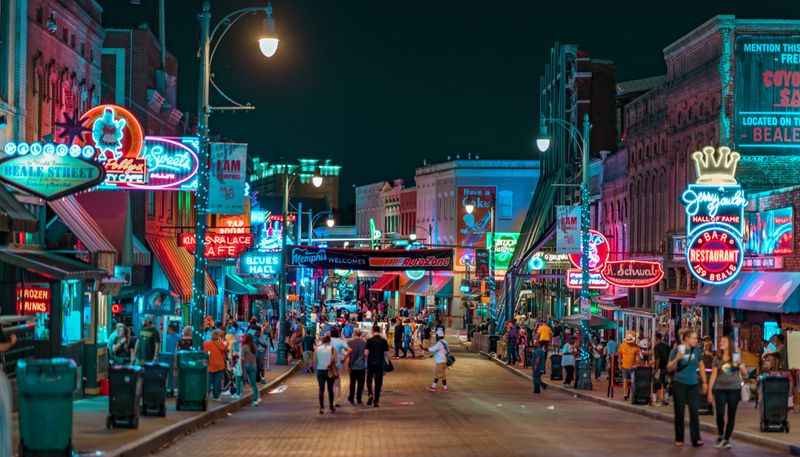
Memphis stands as Tennessee’s crime epicenter, reporting a shocking 1,200 violent crimes per 100,000 residents—500% above national averages. Tourists visiting Beale Street blues clubs or Graceland should exercise particular caution after dark, as robberies and vehicle break-ins plague these areas.
Nashville presents a safer alternative for music lovers, though its rapid growth has brought rising assault rates downtown. The Great Smoky Mountains remain relatively crime-free, providing a secure natural escape.
Statewide violent crime averages 623 incidents per 100,000 people, placing Tennessee firmly among America’s highest-risk states. Law enforcement has responded with targeted crackdowns on burglaries and carjackings in Memphis tourist zones. Visitors should enjoy Tennessee’s rich musical heritage but remain street-smart, particularly when navigating Memphis after sunset or during major events.
4. Arkansas: Natural Springs, Unnatural Risks
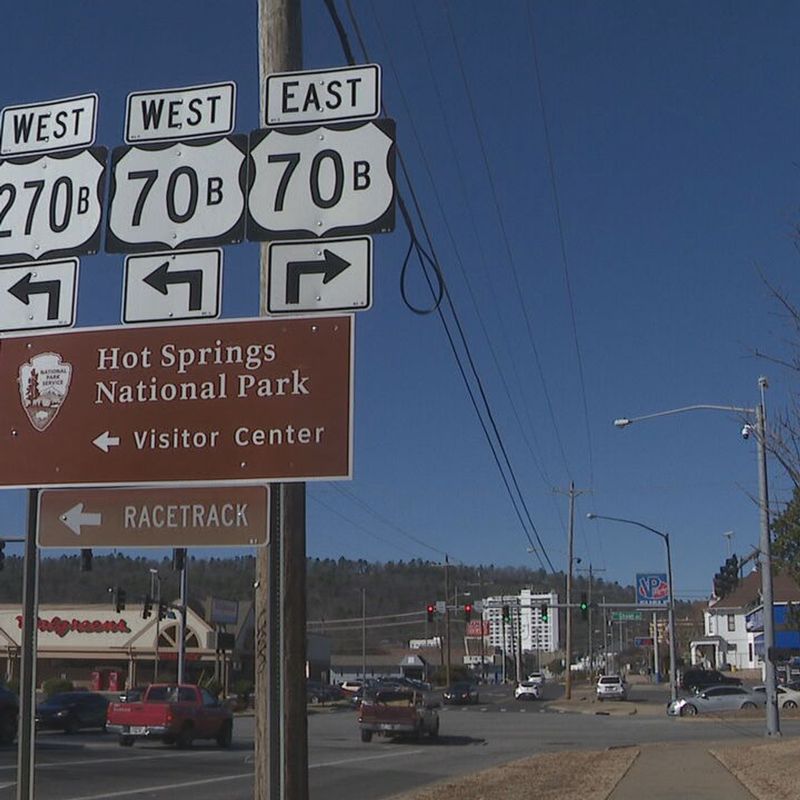
Arkansas might seem an unlikely entry on this list, but its violent crime rate of 645 per 100,000 people places it among America’s most dangerous states. Little Rock’s River Market district, popular with tourists, borders neighborhoods with alarming crime statistics—the city reports approximately 1,400 violent incidents per 100,000 residents.
Hot Springs, combining national park beauty with urban amenities, ranks surprisingly high for crime. Despite its small size, Hot Springs struggles with property crime targeting the 1.5 million annual visitors who dilute per-capita statistics.
The Ozark mountain communities remain relatively peaceful havens for travelers seeking natural beauty without urban risks. Recent community-based violence reduction programs in Little Rock show promise but haven’t yet significantly improved tourist safety. Visitors should research neighborhoods carefully before booking accommodations and remain particularly vigilant in urban areas after dark.
5. Colorado: Mountain Majesty, Urban Menace
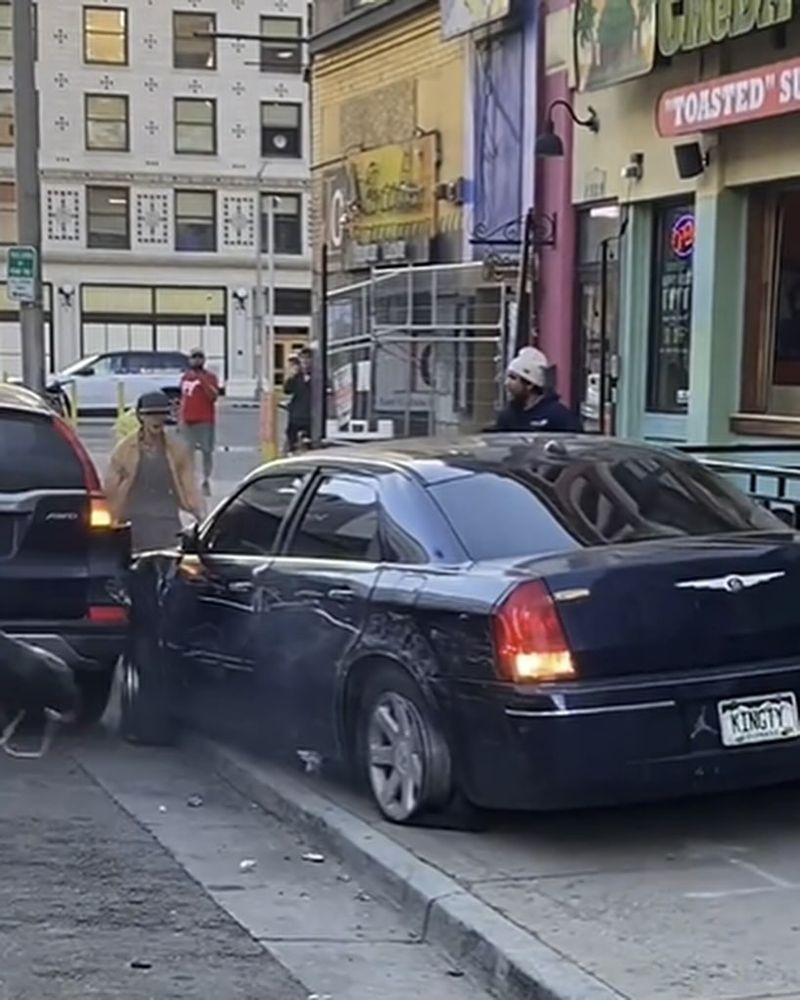
Colorado’s postcard-perfect mountains mask troubling urban crime statistics that affect tourists. The state’s property crime rate exceeds 3,100 per 100,000 residents—among America’s highest—with Denver emerging as a particular hotspot for travelers.
A 2025 safety study ranked Denver third most dangerous for international tourists, recording approximately 2,710 crimes per 100,000 people. Vehicle break-ins plague popular areas like the 16th Street Mall and tourist parking at Red Rocks Amphitheater.
Colorado Springs faces similar challenges near Garden of the Gods and Pikes Peak access points. Even upscale ski towns report seasonal spikes in gear theft and property crime during peak visitor periods. Authorities have responded by increasing foot patrols in tourist districts and implementing public awareness campaigns. Travelers should utilize hotel safes, avoid leaving valuables visible in vehicles, and maintain awareness in urban settings, particularly after dark.
6. Washington: Emerald City’s Tarnished Reputation
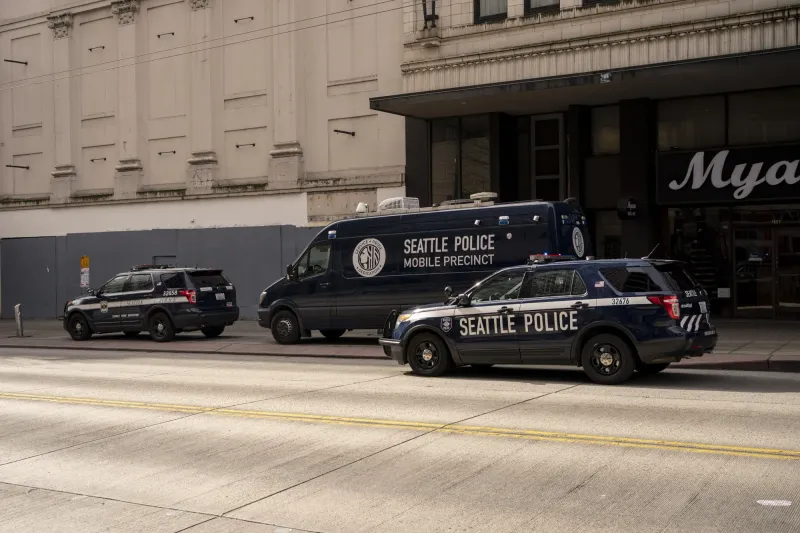
Washington state’s stunning natural landscapes draw millions annually, but Seattle’s property crime epidemic poses significant risks to visitors. The Emerald City leads all major U.S. cities in burglaries and faces rampant “car prowl” incidents targeting tourist vehicles near Pike Place Market and the Space Needle.
Statewide property crime rates hover at 3,356 per 100,000 residents, while Seattle ranks fifth riskiest for foreign tourists with a troubling Tourist Risk Score of 79.8. Pioneer Square and downtown Seattle require particular vigilance against pickpocketing and theft.
Outside Seattle, Spokane presents elevated crime concerns, while Olympic and Mount Rainier National Parks occasionally report vehicle break-ins at trailheads. Recent law enforcement initiatives have targeted repeat offenders, but Washington remains a state where tourists must guard possessions vigilantly. Travelers should utilize paid secure parking when possible, never leave valuables visible, and remain alert in crowded tourist areas.
7. Alaska: Wilderness Paradise, Urban Peril
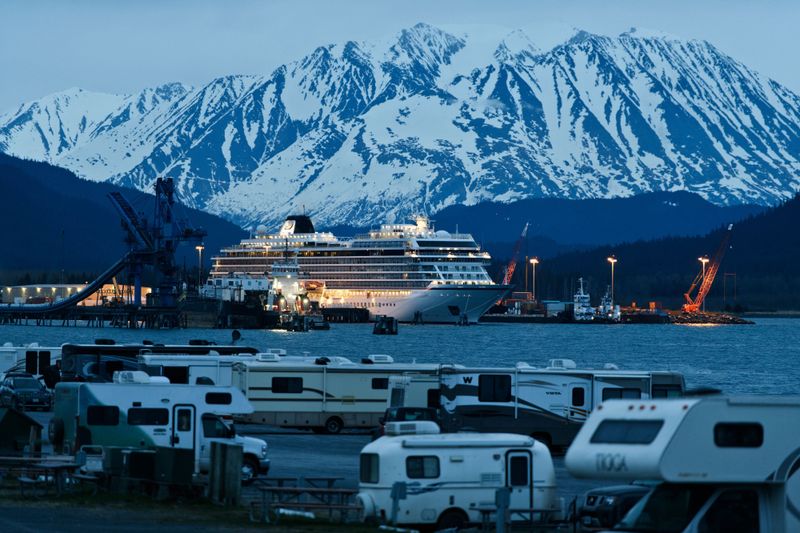
Alaska presents a stark paradox for travelers. This bucket-list wilderness destination harbors America’s highest violent crime rate—approximately 759 per 100,000 residents, more than double the Pacific regional average. Anchorage, where most tourists begin their Alaskan adventures, struggles with significant assault rates and alcohol-related violence.
Cruise ports like Juneau and Ketchikan maintain better safety records but still experience occasional property crime targeting tourists. Denali National Park and remote wilderness areas remain extraordinarily safe from criminal threats, though wildlife and weather pose natural dangers.
Alaska’s crime challenges stem from complex social issues, geographic isolation, and law enforcement shortages in remote communities. Authorities have implemented improved community policing and faster emergency response in Anchorage’s tourist districts. Visitors should exercise standard urban precautions in Alaska’s cities while enjoying relatively worry-free exploration of its magnificent natural attractions.
8. Oregon: Portland’s Troubled Paradise
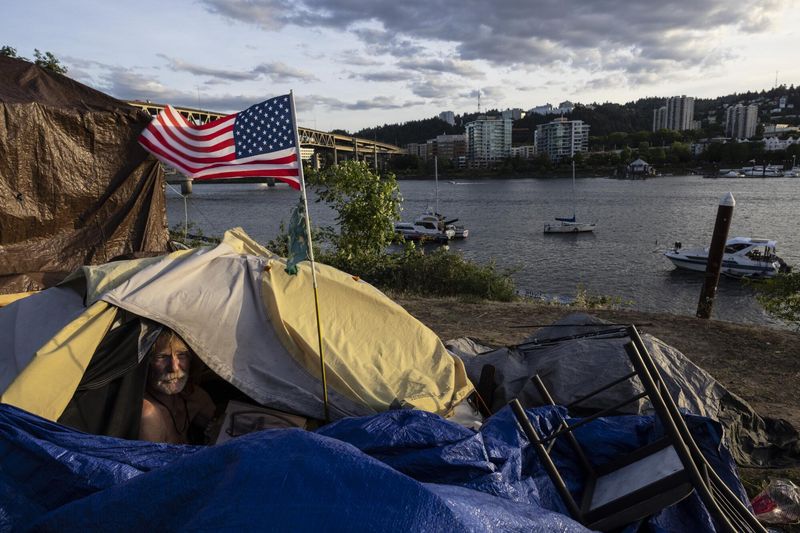
Oregon’s reputation for progressive charm hides troubling crime statistics affecting tourists. Portland stands out with one of America’s highest larceny rates, sharing dubious distinction with San Francisco for property crime prevalence. Vehicle break-ins plague visitors parking near popular food cart pods and downtown attractions.
Recent analysis ranked Portland tenth most dangerous for international visitors, recording approximately 2,897 crimes per 100,000 people. Theft from cars has become so common at Columbia Gorge trailheads that rangers distribute warning flyers to tourists.
Oregon’s violent crime rate remains moderate at 342 per 100,000, but certain Portland neighborhoods experience concerning spikes after dark. The state’s natural attractions like Crater Lake and coastal areas maintain excellent safety records. Local officials have launched downtown cleanup initiatives and expanded mental health outreach to address underlying issues, but progress remains slow. Travelers should avoid leaving anything valuable in vehicles and maintain awareness in urban settings.
9. Nevada: Beyond the Bright Lights, Lingering Shadows
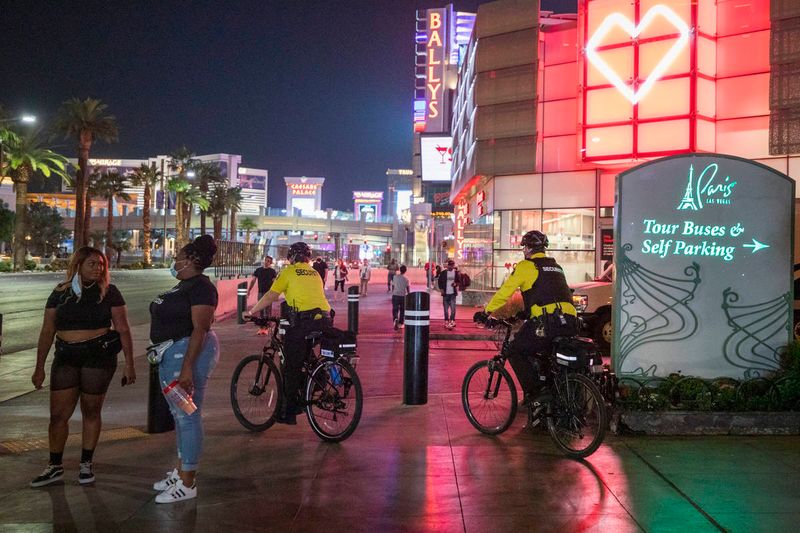
Las Vegas beckons with neon promises but delivers mixed safety outcomes for its 40+ million annual visitors. Nevada’s overall crime rate stands at approximately 2,934 per 100,000 residents, with Las Vegas contributing significantly to this statistic. The Strip maintains heavy security presence but still experiences frequent pickpocketing, credit card scams, and occasional violent incidents.
Fremont Street’s downtown corridor presents higher risks after midnight, with assaults and robberies occasionally occurring just blocks from tourist zones. Reno, marketing itself as the “Biggest Little City,” struggles with property crime targeting visitors.
Recent trends show improvement—Las Vegas reported declining violent crime in early 2024 before a summer uptick. Casino security, surveillance cameras, and visible police presence help mitigate risks in main tourist corridors. Travelers should stick to well-lit resort areas after dark, secure valuables in room safes, and maintain situational awareness, particularly when venturing off-Strip or after consuming alcohol.
10. South Carolina: Palmetto Problems in Paradise
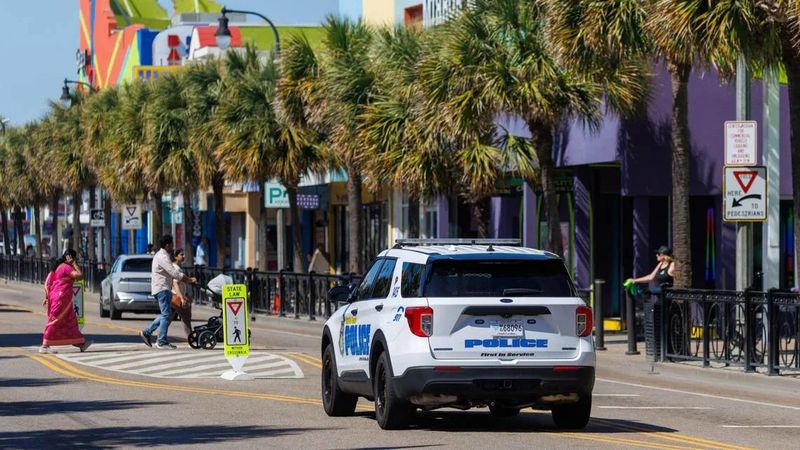
Myrtle Beach drives South Carolina’s surprising appearance on this list, with crime rates approximately 2.4 times the national average despite aggressive improvement efforts. The beach resort city’s relatively small permanent population creates misleading per-capita statistics, but tourists still face legitimate concerns along Ocean Boulevard after dark.
The city’s reputation as a party destination contributes to alcohol-related incidents, hotel thefts, and occasional violent confrontations, particularly during motorcycle rally weeks. Other tourist destinations like Charleston’s historic district maintain better safety records.
Local authorities have made significant progress, with Myrtle Beach reporting a remarkable 47% reduction in major crimes since 2015. This improvement stems from increased police presence, expanded surveillance systems, and even gunshot detection technology in entertainment districts. Visitors should secure valuables, avoid isolated beach areas after dark, and maintain awareness during major events when crowds and alcohol consumption peak.
11. Missouri: Gateway to the West, Gateway to Crime
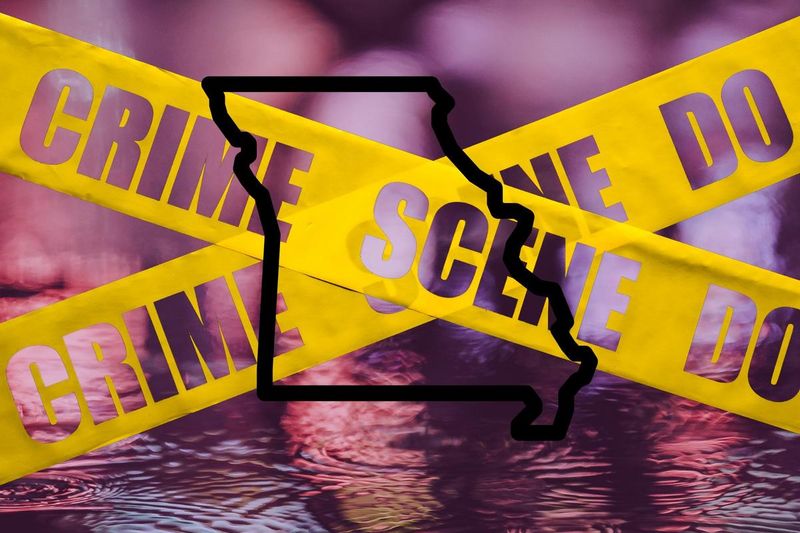
St. Louis earns Missouri’s place on this list with a shocking homicide rate approaching 65 per 100,000 residents—among America’s highest. Tourists visiting the iconic Gateway Arch generally remain safe in the heavily patrolled downtown district, but venturing even a few blocks in wrong directions can quickly become hazardous.
Kansas City presents similar challenges with approximately 1,400 violent crimes per 100,000 people. Its Country Club Plaza shopping district maintains good security, but surrounding areas experience gang activity and gun violence.
Branson offers a safer alternative for Missouri visitors, focusing on family entertainment with minimal crime issues. State authorities have implemented violence reduction programs in both major cities, including “violence interruption” initiatives and community policing efforts. Travelers should research neighborhoods carefully before booking accommodations, avoid walking alone after dark, and consider rideshare services rather than wandering unfamiliar areas, particularly in St. Louis and Kansas City.
12. California: Golden State’s Tarnished Image
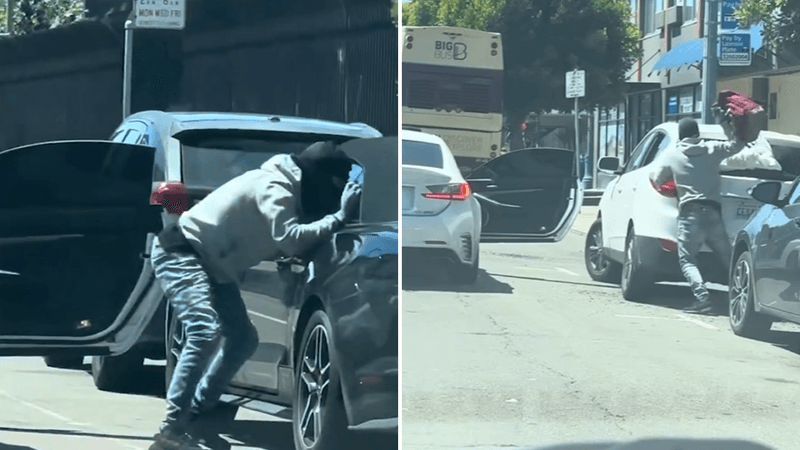
San Francisco epitomizes California’s tourist crime challenges, leading the nation in larceny theft rates among major cities. Smash-and-grab vehicle break-ins have become so commonplace at Fisherman’s Wharf and Golden Gate viewpoints that rental companies advise tourists to leave absolutely nothing in cars.
Los Angeles recorded approximately 1,966 crimes per 100,000 people recently, with Hollywood, Venice Beach, and downtown experiencing spikes in property crime and occasional high-profile robberies targeting tourists. Oakland presents even greater concerns, with armed robberies occasionally targeting camera-equipped visitors.
California’s overall violent crime rate hovers around 499 per 100,000, placing it ninth nationally. Theme parks and well-patrolled beach communities maintain better safety records. Authorities have increased tourist district patrols and implemented specialized units addressing retail theft and car break-ins. Visitors should use hotel safes, never leave valuables in vehicles, and maintain awareness in urban settings, particularly after dark.
13. Texas: Big State, Big Crime Concerns
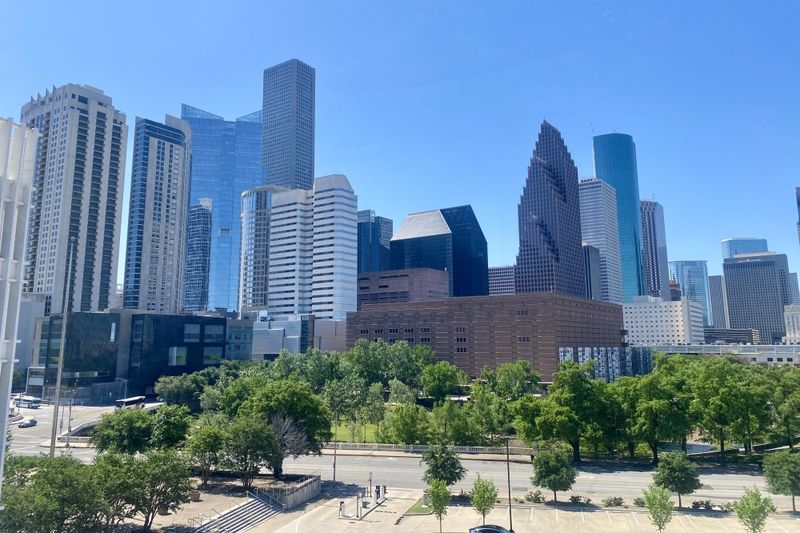
Houston earned the dubious distinction of America’s most dangerous city for international tourists in a 2025 analysis, recording approximately 2,656 crimes per 100,000 people. The sprawling metropolis struggles with violent crime that occasionally affects visitors in downtown, the Theater District, and areas around the convention center.
Dallas ranked similarly troubling with roughly 2,078 crimes per 100,000 residents. Its Deep Ellum entertainment district has experienced periodic robbery and assault spikes despite increased police presence.
San Antonio offers a somewhat safer experience for River Walk and Alamo visitors, though vehicle break-ins remain common in tourist parking areas. Austin’s famous 6th Street entertainment district grows increasingly rowdy and occasionally dangerous after midnight, particularly during major festivals. Texas authorities have responded by increasing downtown patrols and creating specialized tourist district units. Travelers should use hotel valet parking when possible, avoid displaying valuables, and maintain awareness in urban settings, especially Houston after dark.
14. Florida: Sunshine State’s Shadowy Corners
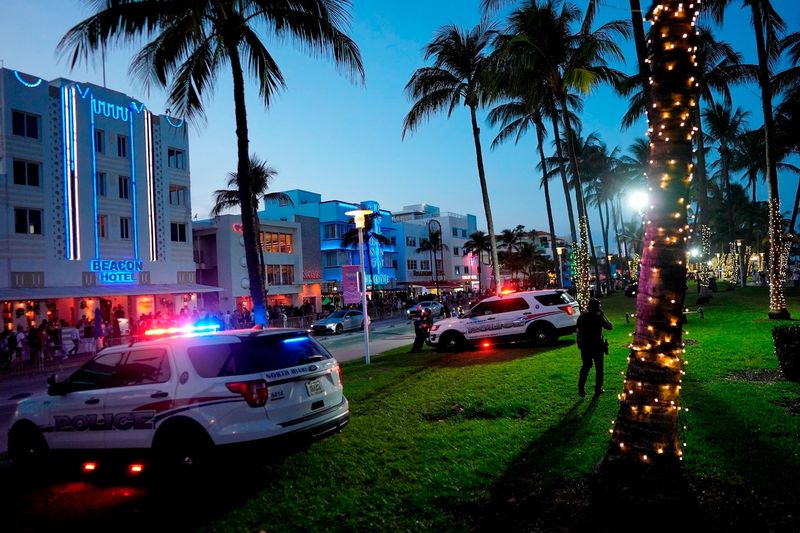
Miami Beach illustrates Florida’s tourist safety paradox. The glamorous South Beach district attracts millions annually but struggles with pickpocketing, phone snatching, and occasional violent incidents, particularly during spring break. Authorities implemented emergency curfews in 2023 and 2024 after shootings in the entertainment zone.
Orlando maintains a family-friendly image around theme parks but reports approximately 49 crimes per 1,000 residents—above national averages. International Drive and downtown Orlando present higher risks after dark.
Daytona Beach combines NASCAR excitement with persistent crime challenges, earning a rougher reputation among Florida beach towns. Most visitors who stick to main attractions and well-patrolled areas experience Florida safely, but property crime (particularly at beach parking lots and hotel rooms) remains concerning. The state has implemented specialized tourism police units in Orlando and enhanced security measures in Miami Beach. Travelers should secure valuables, avoid isolated beach areas after dark, and maintain awareness in entertainment districts.
15. New York: Big Apple’s Lingering Bite
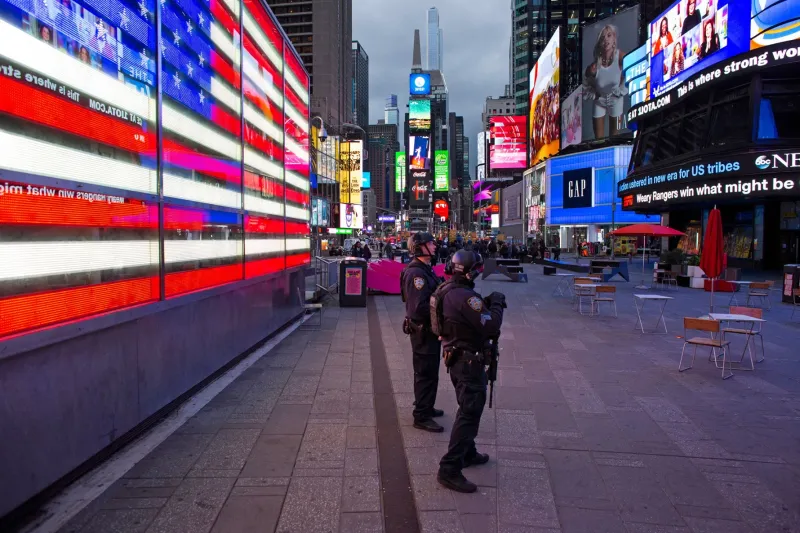
America’s tourism capital has made remarkable safety progress since the 1980s, but recent trends show crime remains above pre-pandemic levels despite modest improvements. NYC reported a 3% decline in major crime during 2024, yet tourists still face significant petty crime risks in Manhattan’s busiest areas.
Pickpocketing, bag snatches, and scams targeting visitors occur regularly in Times Square, Midtown, and on crowded subway platforms. Central Park has experienced periodic theft spikes despite its generally good safety record.
New York’s massive police presence (over 30,000 officers) provides substantial protection in tourist districts, but with 66+ million annual visitors, even low crime probabilities affect many people. Outside NYC, the state presents fewer concerns, though Niagara Falls sees occasional property crime in tourist areas. Travelers should keep valuables secure, remain alert in crowded areas, and avoid isolated locations after dark, particularly in Manhattan and parts of Brooklyn that tourists increasingly visit.

